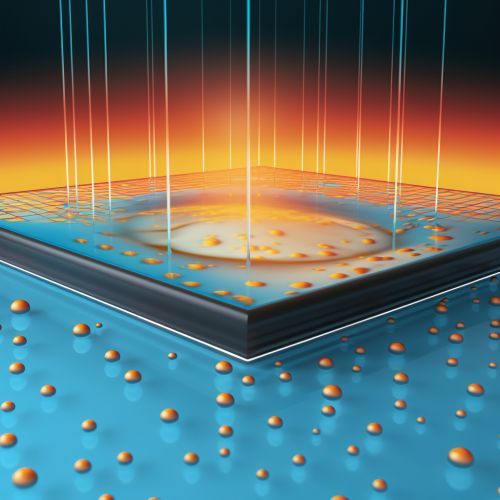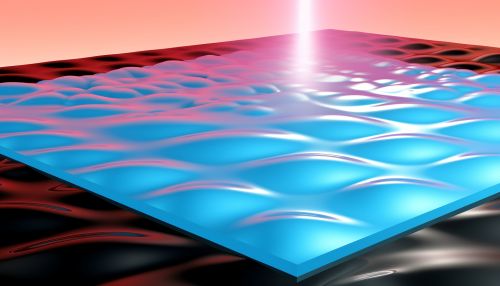Fick's principle
Introduction
Fick's principle, named after the German physiologist Adolf Fick, is a foundational concept in the fields of physiology and biomedical engineering. This principle describes the relationship between the rate of diffusion of a substance across a permeable membrane and the concentration gradient of that substance. It is fundamental to our understanding of many biological processes, including respiration, nutrient absorption, and drug delivery.
Fick's First Law
Fick's first law, also known as the law of diffusion, states that the rate of diffusion of a substance across a permeable membrane is directly proportional to the concentration gradient of the substance. Mathematically, this law is represented as:
J = -D * (dc/dx)
where:
- J is the diffusion flux, which represents the amount of substance that diffuses through a unit area of the membrane per unit time.
- D is the diffusion coefficient or diffusivity, a proportionality constant that depends on the nature of the substance and the medium through which it is diffusing.
- dc/dx is the concentration gradient, representing the change in concentration (c) with respect to distance (x) across the membrane.


Fick's Second Law
Fick's second law, also known as the law of diffusion, predicts how diffusion causes the concentration of a substance to change with time. It is a partial differential equation that describes the time dependence of the concentration gradient. Mathematically, this law is represented as:
∂c/∂t = D * ∂²c/∂x²
where:
- ∂c/∂t is the rate of change of concentration with respect to time.
- D is the diffusion coefficient.
- ∂²c/∂x² is the second derivative of the concentration with respect to distance, representing the curvature of the concentration profile.
Applications of Fick's Principle
Fick's principle has wide-ranging applications in various fields of science and engineering. Some of the key applications include:
Physiology
In physiology, Fick's principle is used to understand and quantify processes such as gas exchange in the lungs, nutrient absorption in the gut, and drug delivery through the skin. For example, in the lungs, oxygen diffuses from the alveoli, where its concentration is high, into the blood, where its concentration is lower. This process is governed by Fick's first law.
Biomedical Engineering
In biomedical engineering, Fick's principle is used in the design and analysis of drug delivery systems, such as transdermal patches and controlled-release implants. It is also used in the study of tissue engineering, where it helps in understanding how nutrients and waste products diffuse into and out of engineered tissues.
Environmental Science
In environmental science, Fick's principle is used to model the movement of pollutants in air and water. For example, it can be used to predict how a pollutant will spread in a river or in the atmosphere.
Limitations of Fick's Principle
While Fick's principle is a powerful tool for understanding diffusion, it has its limitations. It assumes that the system is isotropic (i.e., properties are the same in all directions) and homogeneous (i.e., properties do not change with location), and that the diffusion coefficient is constant. These assumptions are not always valid, particularly in biological systems where tissues can be anisotropic and heterogeneous, and where the diffusion coefficient can vary with concentration and temperature.
Conclusion
Fick's principle is a cornerstone of our understanding of diffusion in biological and environmental systems. Despite its limitations, it provides a simple and powerful framework for predicting and understanding how substances move across membranes and through media, informing our understanding of a wide range of phenomena from respiration to drug delivery.
